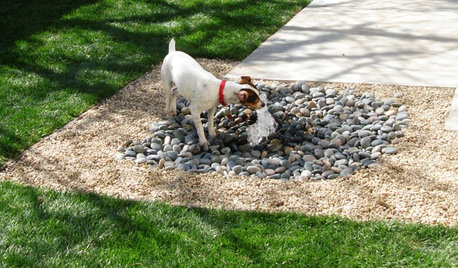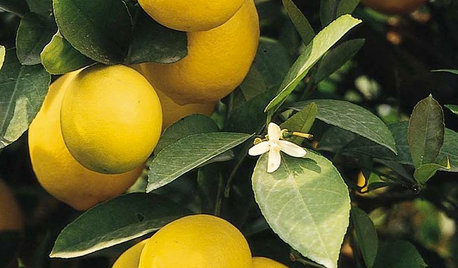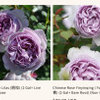Should we give our virused roses an aspirin?
henry_kuska
14 years ago
Featured Answer
Sort by:Oldest
Comments (10)
henry_kuska
14 years agoRelated Professionals
Fort Lee Landscape Architects & Landscape Designers · Matthews Landscape Contractors · Allentown Landscape Contractors · Fort Myers Landscape Contractors · Gallatin Landscape Contractors · Goodlettsville Landscape Contractors · La Verne Landscape Contractors · Longmont Landscape Contractors · Middletown Landscape Contractors · New Berlin Landscape Contractors · Pahrump Landscape Contractors · Palm Beach Gardens Landscape Contractors · Petaluma Landscape Contractors · Salem Landscape Contractors · The Villages Landscape Contractorsonewheeler
14 years agohenry_kuska
14 years agosenko
14 years agomichaelg
14 years agohenry_kuska
14 years agohenry_kuska
11 years agokittymoonbeam
11 years agohenry_kuska
11 years ago
Related Stories

WINTER GARDENINGPruning Secrets for Exquisite Roses
Encourage gorgeous blooms year after year with this time-tested advice on how to prune your rosebush in winter for health and shape
Full Story
LIFEHow to Outsmart Backyard Critters
Learn to think like a raccoon, skunk or squirrel to keep your home safe and your garden intact
Full Story
HOUSEKEEPING7-Day Plan: Get a Spotless, Beautifully Organized Bedroom
Create a sanctuary where you can relax and dream without the nightmare of lurking messes
Full Story
FARM YOUR YARDHello, Honey: Beekeeping Anywhere for Fun, Food and Good Deeds
We need pollinators, and they increasingly need us too. Here, why and how to be a bee friend
Full Story
EARTH DAYGrow a Beautiful Garden With Ecofriendly Greywater
Reducing home water waste means lower bills and a healthier planet. Here's how to set up a greywater home irrigation system that can help
Full Story
MOST POPULAR8 Backyard Ideas to Delight Your Dog
Cue the joyous soundtrack. These pet-friendly landscape and garden ideas will keep your pooch safe, happy and well exercised outdoors
Full Story
CALIFORNIA GARDENINGCalifornia Gardener's February Checklist
Celebrate 5 California classics: plants that defy winter with bright flowers, luscious fragrance and, for some, delicious taste
Full Story
REMODELING GUIDESThe 4 Stages of a Remodel: Happily Ever After
At last your project is coming to a close. Well, almost. Don’t forget these final steps before you settle in
Full StoryMore Discussions







henry_kuskaOriginal Author